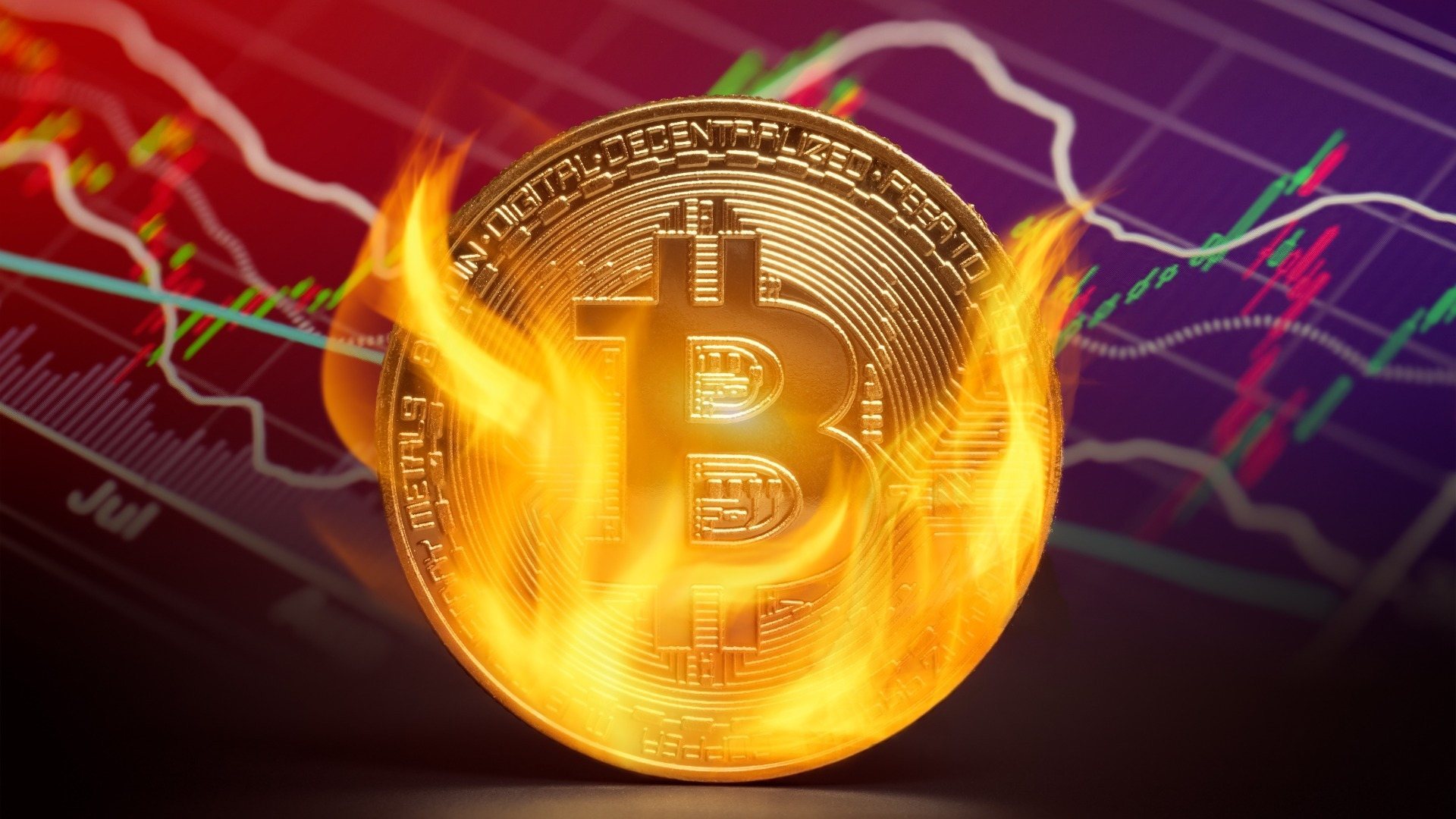Token deflation has become a sought-after strategy in the cryptocurrency space, as it can drive scarcity and increase the value of a digital asset. Various projects are adopting these strategies to stimulate price appreciation and create a more attractive investment. Here are the top methods used for token deflation:
- Burn Mechanisms: Many projects employ token burn mechanisms where a portion of the tokens in circulation is intentionally destroyed or “burned.” This reduction in the total supply increases scarcity and theoretically makes each remaining token more valuable. Binance Coin (BNB), for example, conducts regular token burns based on trading volume, effectively reducing its supply over time.
- Staking and Locking: Some cryptocurrencies incentivize users to stake or lock up their tokens for a specific period. These locked tokens are taken out of circulation, reducing supply. Staking not only promotes network security but also reduces liquidity, making it harder for holders to sell large amounts of tokens, which can stabilize prices. Examples include Tezos (XTZ), Zilliqa (ZIL) and Cardano (ADA).
- Buybacks: Projects can use a portion of their revenue or profits to buy back and burn their own tokens. This approach is often seen in the DeFi sector, where platforms generate income through various means like transaction fees or yield farming. MakerDAO’s MKR token has utilized a buyback and burn mechanism to manage its supply and increase token value.
- Token Vesting: Founders, early team members, and advisors typically receive tokens as part of their compensation. Token vesting schedules require these stakeholders to hold their tokens for a specified period before they can access them. This prevents large quantities of tokens from flooding the market immediately after a project’s launch, potentially causing price crashes.
- Decentralized Autonomous Organizations (DAOs): Some projects incorporate DAOs into their governance structures. DAOs allow token holders to make decisions about the project, including supply adjustments. This can lead to community-driven deflationary measures, such as voting to reduce token emissions or implement burning mechanisms.
It’s important to note that the success of these deflationary strategies depends on several factors, including the project’s fundamentals, adoption, and community support. While token deflation can create scarcity and drive price increases, it should be executed thoughtfully to maintain a healthy and sustainable ecosystem.
Final Thoughts
Investors and projects should carefully evaluate the potential benefits and risks associated with these deflationary methods. When implemented effectively, these strategies can enhance token value and investor confidence, contributing to the long-term success of cryptocurrency projects.
Disclosure: This is not trading or investment advice. Always do your research before buying any cryptocurrency or investing in any services.
Follow us on Twitter @themerklehash to stay updated with the latest Crypto, NFT, AI, Cybersecurity, and Metaverse news!
Image Source: gabrielknight/123RF // Image Effects by Colorcinch

